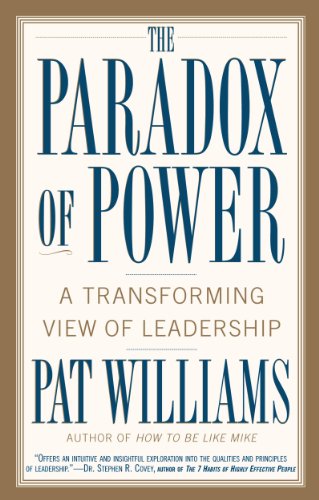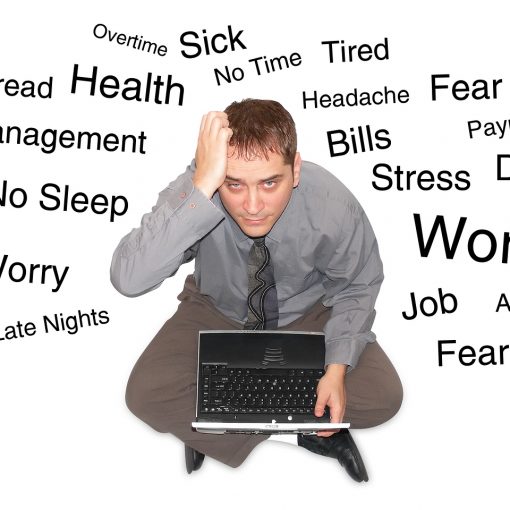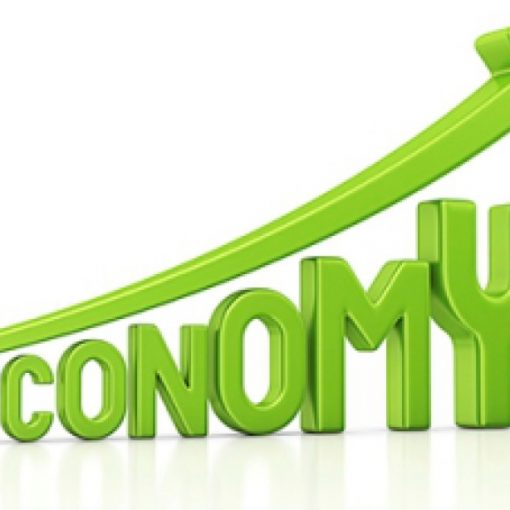Have you decided that it is time to file? Before moving forward, take our Udemy class – Going from Bankruptcy to 800 Credit Score, It Can Be Done – first 10 free expires 4/22/21
Pay certain bills in the largest installments possible to avoid additional charges You may have an option to pay bills such as auto insurance in monthly, bi-monthly, quarterly, or semi-annually. These options will generally incur a fee with each payment for the additional processing that is necessary. If you pay auto insurance annually, if at all possible, these additional charges can be eliminated.
This is a large payment to make once per year. Most people considering bankruptcy or involved in one cannot afford such a lump sum payment. Even considering that fact, this is an extremely productive goal to have. Changing from monthly to bi-monthly will tend to cut that fee in half. As you gain the liquidity, quarterly or semi-annually may not be so hard to reach.
This also links to the previous article which mentioned getting on a fixed payment system for your utilities, water, and other municipal monthly expenses. With this approach you will see a benefit from making larger installment payments during times of higher use. Maybe it is summer and you are using more electricity to cool your home. Your fixed payment may be $150 while you are using $225 during the summer months. Sending an extra $50 during those months will help decrease the settle-up payment amount at the end of the year.
Use the features offered by your bank to decrease costs and “financial window” One option that tends to be under-utilized is electronic bill pay. This is an option that should be offered as a free service by your bank. Taking advantage of this will save postage along with the awful taste of licking envelopes and stamps. Another benefit is that you can set up the payment amounts and put it on hold until you authorize sending the payment. By using electronic payments you will also find that the money stays in your account longer.
Unlike automatic draft payments these will not be withdrawn automatically unless you specifically set it up that way. Along with usage of this service you should accept the responsibility to closely monitor your bank account. I can tell you from personal experience that anyone can have their credit card (or debit card) numbers stolen and illegally used. I can also attest to the willingness of my bank to reverse those charges and refund any loss due to continual monitoring of charges against my bank account.
We have mentioned keeping close tabs on your bank account. You should definitely practice this on a daily basis. You should know how much you have in the bank and subtract out any payments that have not cleared. Following this practice in combination with a strict budget you can eliminate high overdraft charges and “bounced check” fees. An additional practice to observe is never writing post-dated checks. Sure, the recipient can promise not to cash it until that date and then head straight to the bank with it. Generally the bank will not even look at the date and will process the check that day.
Verify that all deductions and expenses are accounted for before any additional spending This is an excellent follow up to the previous tip. By keeping close tabs on your bank account you will always know how much money is available because you also know which deductions are still outstanding. I recommend using checking account software. There is one specific program that has been used successfully and accurately for more than 15 years. You should ask friends and try out a few packages until you find the software that provides ease of use coupled with the functionality that you like.
The features that are most useful involve recurring bill scheduling or even something as simple as remembering the payee of the check and memo line. Some software will provide charts of expense categories and will interface with your tax software in order to allow your tax preparation to go much more quickly and accurately.
Open a savings account at the earliest opportunity A savings account is an absolute necessity to provide a minimal amount of financial security. Although it is not to be relied upon as a regular source of overflow funds, the savings account can be available to provide funding that can be electronically transferred into your checking account to cover any necessary additional spending. You should not classify eating out or a trip to the beach as truly necessary spending, but car or roof repairs definitely fall under this category.
Keep in mind that this can be used to save the bank fees and possible criminal prosecution involved with writing checks above the account balance. Also know that many places now take checks and electronically process them just as if you had used the debit card. These checks will be declined if you have insufficient funds in your account.
Learn to live on your current income This can be considered the most basic principle in any budgeting class. If you don’t have it to spend, then don’t. We all have emergencies that require finances beyond our current bank balance. This is why we need to plan for these well in advance. By building the previously mentioned emergency fund, you can survive these emergencies with only a need to rebuild that fund to its previous balance.
The biggest consideration in this section is the ability to properly separate the needs and wants. Let’s look at an example. Larger television or washing machine repair – which of these would you consider as a need and which is a want? Well, a larger television is definitely a want while washing machine repair can be postponed until the funds are available since you could always use a friend’s washer or the local self-service laundry. Let’s look at another example – extra cable channels versus fixing a leaky faucet. Extra cable channels are a definite want while it is my own personal experience that a leaky faucet greatly adds to the water bill. It cost over $100 to repair two leaky faucets while the extra water bill charges for more than a year were at least triple that amount.
Invest in your home to increase energy efficiency and decrease costs The previously mentioned house repairs are an appropriate lead-in to this tip. There are many more repairs and changes that can be made rather cheaply and have an immediate economic affect.
Two of these involve keeping your rooms cooler so that the air conditioning is not running as much. You should purchase “blackout curtains” and place them on the windows that receive the most sun. These can be closed in order to keep the room cooler during the warmest part of the day. If you cannot justify the expense of blackout curtains at the current time you could take a less effective, but much more economical route – window tinting. This option will not block out as much heat, but when combined with mini blinds it will be somewhat effective for keeping the room cooler or the heat inside.
Since we are considering keeping the heat in, let’s look at a couple of options for that. Double and triple paned windows are an extremely effective method of keeping the elements outside of your house. Of course, window replacement is not a cheap venture. An alternative that is somewhat effective is weather stripping around your windows. This will help with drafty windows.
Take advantage of weekly coupons in your local paper to decrease grocery and other bills Now we are down to a popular method of reducing costs – couponing. You may have seen shows where this practice is taken to the extreme by those with space to store all of the unnecessary stuff bought for the sole purpose of saving money. There is a better approach – only buy what you can use and only in the quantity that you will need for the next month or so.
We can draw an example for this approach from local businesses. Storage has a cost, even if it is in a company closet. The same applies to those who buy 25 of a single item because the cost is only a quarter after sales and coupons. That $.25 item has an infinite cost determined by how long it has to be stored. It could also spoil while in storage. If you can use three of them in a month then restrict the number to three or six at a time.
By combining store sales with double or triple coupon specials you can save a huge amount on groceries. Even with triple coupons you should be knowledgeable of local competitive prices on the items. A higher priced grocery store may offer sales and triple coupons to save an acceptable amount over the local discount store while you will also buy items not on sale with triple coupons that still cost more than the same item at a discount grocery store. Also consider house brands. These are generally just as good as the name brands and may even be made in the same manufacturing plant with a different label applied.
This article is the second detailing approaches that can be taken to survive bankruptcy with your sanity and credit rating intact. The introductory article can be read on this blog and the first article can be read on this blog.




